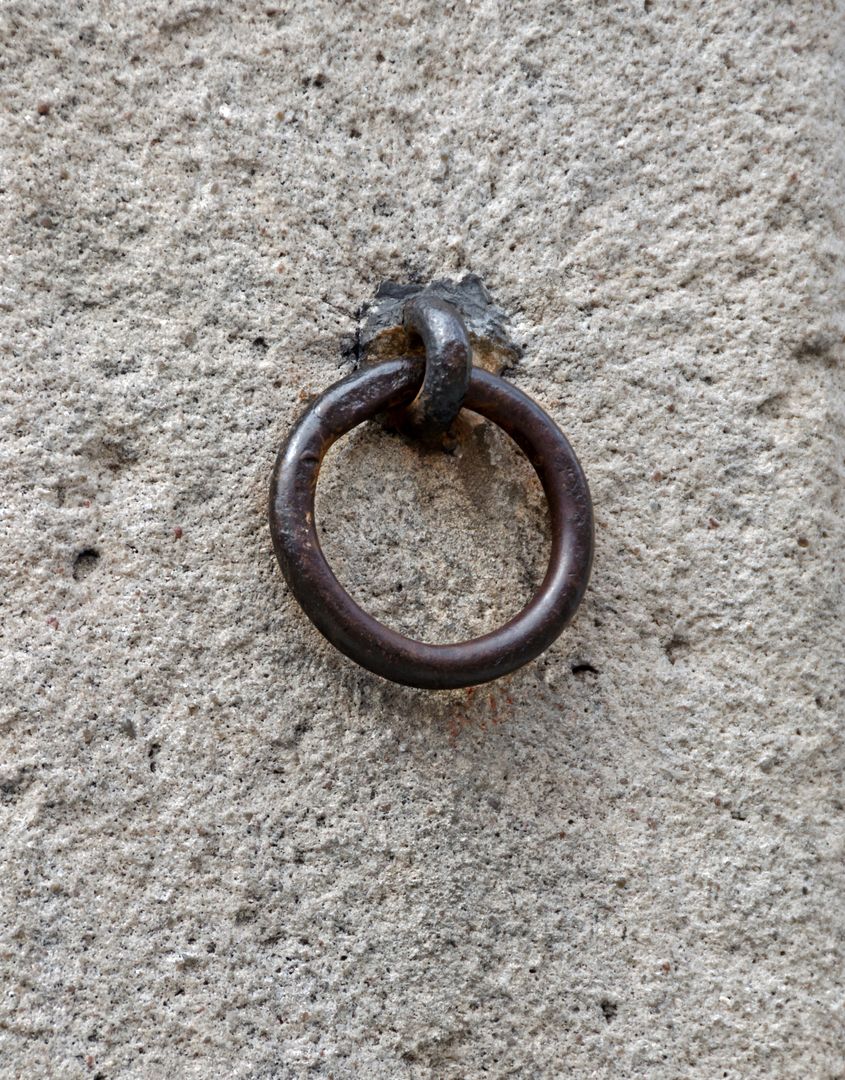The pillory in Bystrzyca Kłodzka
6.83

Overview
The pillory in Bystrzyca Kłodzka, dating back to 1556, is an important historical and architectural element of the town. Initially located in the market square next to the town hall, it was moved several times over the years and finally relocated to the Small Market Square in 1814, where it stands to this day. The pillory was used to administer punishments for minor crimes and offenses, such as theft or debauchery, and the condemned were publicly exposed to ridicule. The penalties carried out there included both flogging and immobilizing criminals for long hours. Historical records contain descriptions of situations in which convicts were tied to the pillory, highlighting its role in the social justice system of the time. Since around 1900, the pillory has been recognized as a monument, and in 2006 it was entered into the register of movable monuments. Architecturally, the structure stands over 3.4 meters tall and is carved from sandstone; it is decorated with various inscriptions and elements, such as hooks and rings, which were used to restrain the condemned. Its construction, featuring octagonal and circular cross-sections, along with a distinctive conical head inscribed with "DEUS IMPIOS PUNIT" (God punishes the wicked), reflects its historical significance and connection to the contemporary perception of justice. After being moved to the Small Market Square, the pillory took on new functions, such as serving as a lamppost and a hitching post for horses on market days. Despite the passage of time, the pillory remains a symbol of the town's former judicial authority and a reminder of the harshness of punishments in the past.
Location
2025 Wizytor | All Rights Reserved